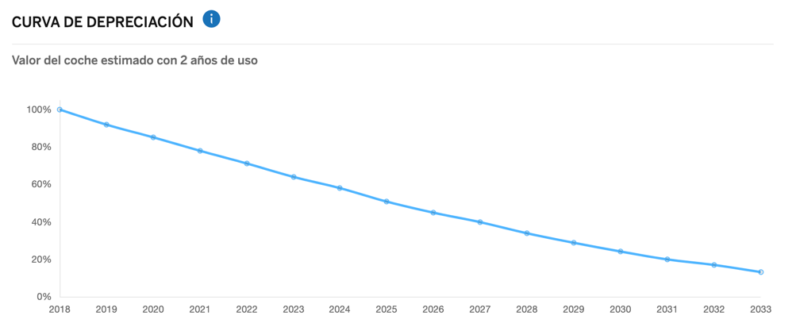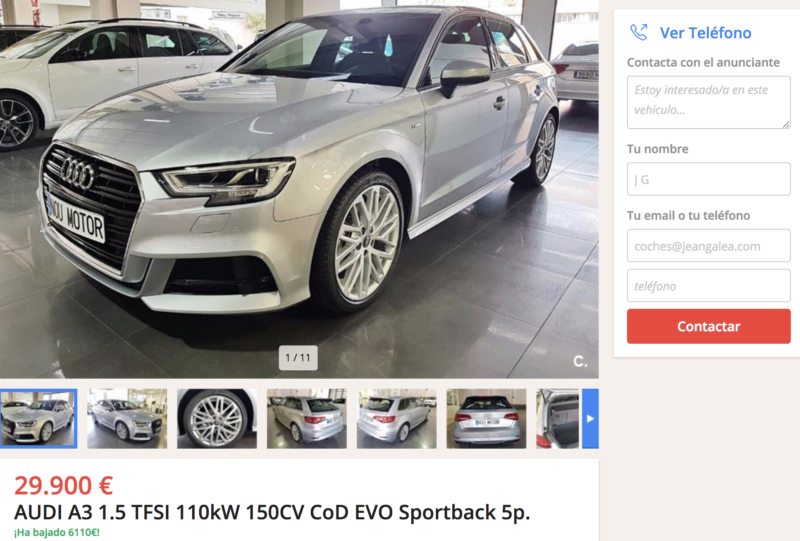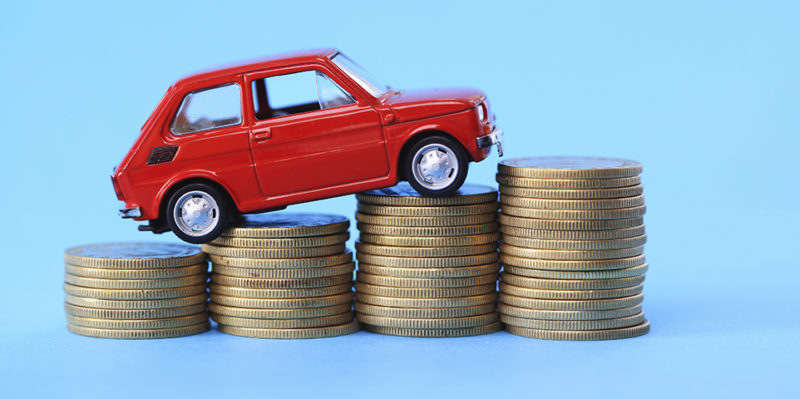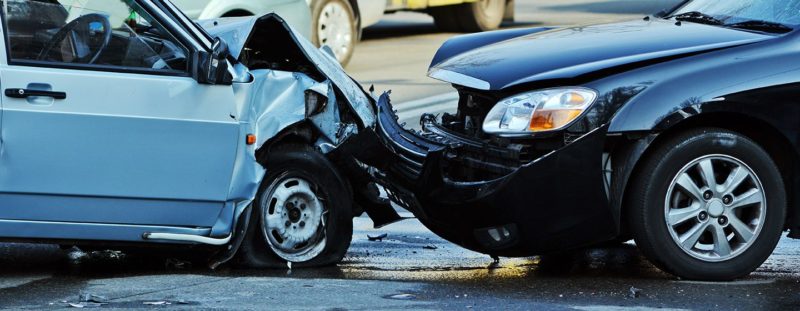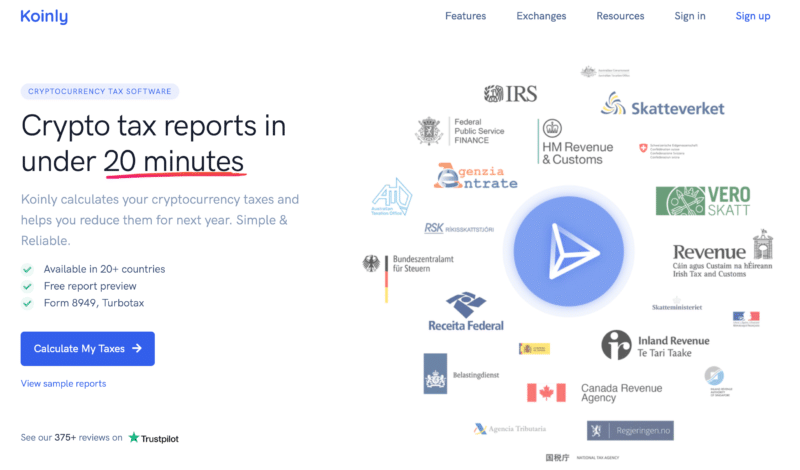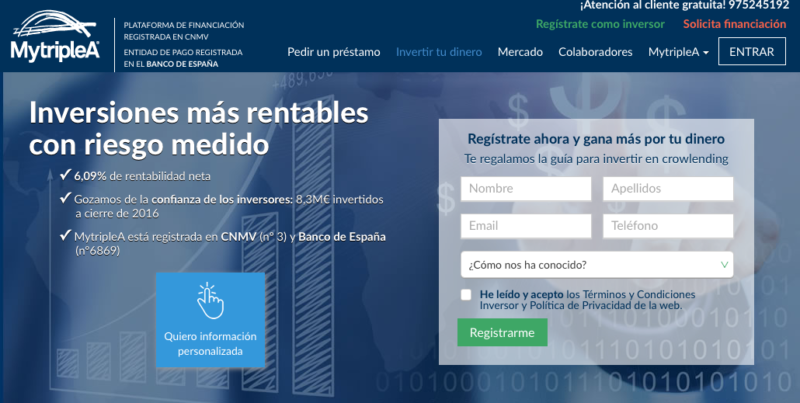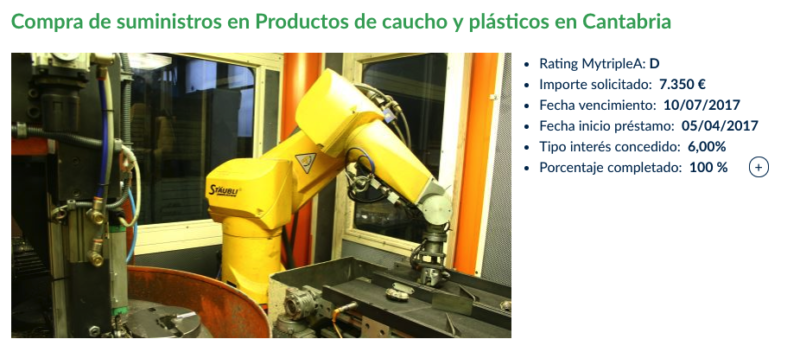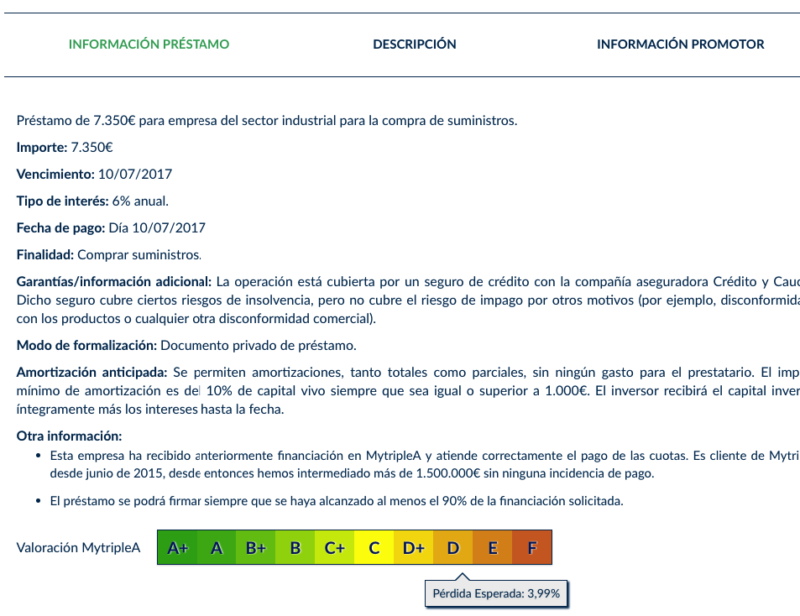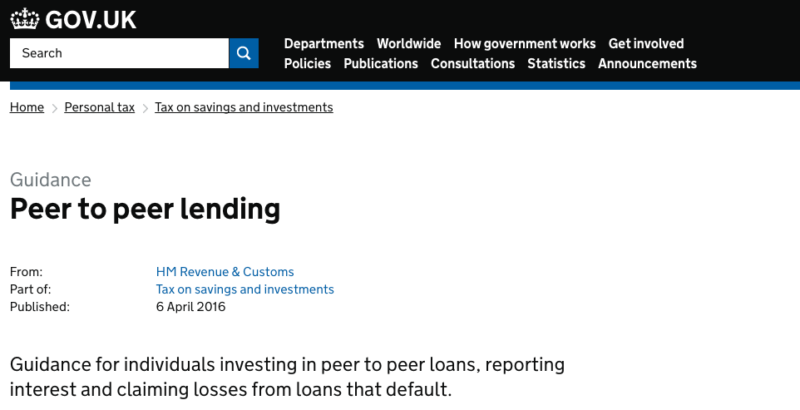
One of my close friends sent me an email recently to tell me that he was considering moving to Spain from the UK following the UK’s Brexit vote and how things are developing over there.
He is already an ex-pat, having moved away from Malta with his family a few years ago. Moving is no easy chore, so I felt bad for him having to deal with this after having moved just a couple of years ago. Clearly, his original intention was to stay in the UK and himself and his family had been feeling happy and settled. On the other hand, I also felt excited about having been asked to share my experience of living in Spain and possibly welcoming him and his family here in the near future.
Since I’ve been planning to write a post about living in Spain for quite a while, I decided to hit two birds with one stone and do that as I think it will be helpful for my friend and for others who are also considering this move.
Before we even delve further, I must emphasize the fact that the choice of where to live is a very personal one. You might love a country or city that your wife or children will absolutely despise. Your preferences might also change in a few years’ time. For example, I absolutely loved living and studying in England in my early twenties, and there’s no other place I would have chosen if I were to do it again. On the other hand, now that I’m in my thirties, I definitely think that there is no better place in the world than Barcelona. In my late twenties, I also spent a few years being a digital nomad, and again, changing countries every few months was the best thing ever for me at that stage. I don’t feel any inclination to do that at all right now.
If you’re lucky, you will be able to move to a place that your entire family agrees upon. In my case, both I and my wife felt very deeply that Barcelona was the right place for us at this stage of life, so it was an easy decision. Not to mention, that if you’re in the position of choosing which country to live in, you’re already one of the privileged ones, as most people can’t move so easily.
With that out of the way, let’s shift our focus to Spain. I’ve already summed up the main reasons why I love Barcelona in a separate post that I wrote a couple of years ago. It’s a good place to start in order to understand why we moved here.
Over the years I’ve had the chance to visit many parts of Spain, although there are still many places I want to visit. Apart from Barcelona, I’ve also lived in Mallorca. The first thing I would mention is that Spain is a very diverse country. Each region has its own personality. The southern cities like Seville, Toledo, and Granada have a totally different vibe to Madrid, which in turn is really different from Barcelona. Then there is the Basque country up north, with their amazing food and beautiful seaside town of San Sebastian. Along the East coast, you will find Costa Brava with some truly breathtaking landscapes and great small coves. Barcelona and Girona are two great options if you want to move here.
Further down south one finds Costa Blanca, with many long sandy beaches and tourist resorts. This is really not one of my favorite parts of Spain, mainly because it caters to cheap tourism with all the negative effects that brings about. I do love Valencia and Tarragona though. Many expats decide to make Javea their home, and I’m curious to visit and see why it’s so popular. The Balearic islands are world-famous, and I really enjoyed my time in Palma de Mallorca. The only downside is that the winter months tend to be a bit too quiet, as these are places that live and breathe tourism. In the summer months, things really get going and there’s lots of stuff happening. One should also keep in mind that the Canary Islands are also part of Spain. I haven’t been there yet but I’ve heard a lot of good things. I don’t think I would consider living there though simply because they’re a bit too far from the rest of Europe, and I really value having the facility to travel easily within Europe.
Barcelona has its own way of life really. Quite apart from the independence debate and whether it’s a good thing or not for Catalonia, I do feel that Barcelona provides a totally unique offering for expats. Let’s start with the integration factor. I recommend learning Spanish before you move here, or start learning immediately once you’re here. While Catalan is widely used by the locals at home or with friends, it’s not that common to have opportunities to speak it in daily life. Still, I am making an effort to learn Catalan too to further integrate. With a decent command of Spanish, you will find it very easy to integrate, it’s that kind of city that makes you feel very welcome. People are very friendly and live a very outdoors-based social life, so you will find plenty of opportunities to make friends.
Spain, as we all know, has passed through tough times due to the famous crisis, but the major cities now in full swing and property prices are shooting up. This is one of many encouraging signs that the worst is already behind us and there is a lot of growth and good things to come. It can, therefore, be a good place to invest in. I’ve already written about investing in local property through crowdfunding platforms. Actually living here puts you more in tune with the emerging opportunities, so far anyone who is business-minded and wants to profit from the city’s growth, it’s a great place to be.
One thing I dislike in Spain is the current trend towards populism coupled with negative sentiments against entrepreneurship and “rich” people. I put the word in inverted commas because people have some skewed notions of who the rich people are. Basically, anyone not on a basic salary here is considered to be rich, and that means that anyone who works hard at his job and earns a top position, or even many entrepreneurs, get automatically classified into the “evil rich” category, even though they may be earning just a few thousand more than the average salary here.
Moreover, what really disappoints me, is that instead of the Spanish adopting an attitude of working harder and trying to achieve more success, they just resort to barely doing their jobs and hating those who have worked hard to be in a better position. There is no “American dream” culture here, and that is one of the main reasons why the country never advances to being a true market leader with efficient and productive workers and low unemployment. People prefer to cheat by working in the black economy and hating on anyone who is successful.
This is being reflected in the governments that people are electing, and ideas such as the Catalan independence drive. It’s easier to just blame the rich for all the problems and implement measures like higher taxation and rent controls (both proven to be bad solutions throughout history) while the real rich people continue to be unaffected and perhaps get even richer. Unfortunately, Spain is not unique in these kinds of mentalities, the whole Southern basin of Europe seems to be plagued by these ideas.
Notwithstanding that, I still think that right now Spain is definitely ahead of any other country in terms of living quality for me and my family.
What about other countries?
Many of you know that I’ve visited many countries, and I often get questions about why I didn’t consider living in these other countries/cities. In most cases, it’s not so much that I didn’t consider it, but rather that I did consider it but Barcelona still came up tops. Here are a few of the ones I get asked about frequently, and my reasons for me not considering them to be an ideal place for us:
Thailand (Chiang Mai) – Terrific country. Incredible nature plus friendly and welcoming people. I loved being immersed in such a different culture from the one I grew up in. It challenged me in many ways and helped me grow in my understanding of myself and humanity in general. Perhaps its biggest attraction is also the biggest disadvantage: we could never settle there and integrate completely with the locals. We would always stick out like a sore thumb by the very way we look, not to mention our mannerisms, jobs, outlook on life etc. Perhaps if one were to marry a Thai, things would be different, but for us, this was the main point that made it unsuitable. In addition, the fact that it is so far from Europe and that it is very difficult to obtain a visa to live and work there.
United Kingdom – Life in the UK is pretty good, we considered living in one of the major cities such as London or Edinburgh. I love visiting these cities, and they have an incredible vibe going on, especially London. The startup, finance and tech scenes are world-class and you can pretty much do anything you fancy. With such a multicultural population, fitting in wouldn’t be a problem. Airport connections are easy and a huge plus for living there. The big downsides are the weather, cost of living, and now the Brexit uncertainty.
Germany – In general, I love the German ethic of doing things the right way and in an efficient manner. The cost of living is higher than in Spain and there is a significant language barrier, although English is also widely spoken. In the end, it pretty much boils down to weather and my feeling more comfortable having the sea close by. Perhaps not the most convincing of reasons, but keep in mind that many Brits and Germans do move to Spain purely for the weather.
Netherlands – I haven’t spent much time in the Netherlands but I really like this country. People also have a very professional way of conducting business. Within the WordPress space, I know many great developers and companies based in the Netherlands. The first WordCamp Europe was also held there. Nature there is beautiful and it is one of the best places for using bicycles. I can’t think of any negative thing about the Netherlands. Of course, there is a language barrier if you really want to integrate, but I’ve found Dutch people to be some of the best English speakers in Europe. It’s not their native language but they speak it as if it were so. Ultimately, however, if good weather plays a big part in your decision, Spain will definitely win over the Netherlands.
Portugal – Lisbon is one of my favorite cities in Europe. It’s up and coming and I think there’s a lot more in store for it. It has a similar vibe to Barcelona but on a smaller scale. The Portuguese tend to speak better English than the Spanish, so that might be a good point to consider if you don’t speak either Portuguese or Spanish. If I had to leave Barcelona for some reason, I would probably go to Lisbon. The one thing that really makes Spain a winner over Portugal at the moment is that it is a much more advanced country overall, and one of the big players in Europe. Portugal in fact has a problem with lots of its young people moving abroad to get a better education and better job opportunities. Here’s what a young Portuguese had to say about this:
18 year old Portuguese answering here. I’ll be straight and hide nothing in my answer. I turned 18 two weeks ago. I’ve always lived in Portugal. And not gonna lie, Portugal was an awesome country to grow up in. I will always feel grateful for having been raised with no security problems, access to school, medical care, food, good history & culture (part of it) and very good weather the biggest part of the year. But truth is, and I started confronting myself with that reality 4 years ago when I first went abroad, nowadays Portugal is really in the back compared to other countries. There’s so much things that need to be update, so many conflicts to be solved, and the government’s priorities (not only the current one, but all the governments I was alive to see working) are not well defined. In September, I will start my last year of high school. But I will also start my university application to the United Kingdom and to Denmark. And once I go, I don’t intend, right now, to go back after I conclude my studies. I don’t feel Portugal can give me a future. At least a future where I can be financially independent from my parents while I’m still working or where I’ll have a chance to get a job once I finish university. It’s sad to see my own country loosing the young people everyday to other countries, seeing the population getting older in the stats and the newborn’s stats also decaying more and more every year and seeing the government doing something useless or even nothing about it. I’m really grateful for the childhood Portugal offered me but it can’t give me a future and I have to be the one fighting for it, somewhere else. Maybe I’ll be back someday. When I’m older, have a good job, my life organized and with stability. But for now, I will belong to the stats section of young people who went to get superior formation in other country and probably will end up staying there.
This feels a lot like my experience of growing up in Malta and partly why I left that country. It also suffers from a high degree of corruption and loads of bureaucracy.
On the plus side – it’s much easier to find English-speaking locals, and most importantly the government is actually incentivizing foreign entrepreneurs and investors to relocate to Portugal, mainly through the NHR scheme. Spain’s politics and anti-entrepreneur feeling has been growing and for this reason I wouldn’t be surprised if Portugal eventually overtakes Spain as the country of choice for entrepreneurs wishing to relocate for better weather and taxes.
What about Malta?
So that brings us to my country of birth: Malta. I grew up there and left in my mid-twenties. The Maltese Islands consist of three islands that are blessed with great natural beauty. On the other hand, there are several important factors that eventually led me to leave. I consider it a place where you can live for a short while, perhaps as a digital nomad, but I don’t think of it as a great place for a young adult or even when thinking of educating my children there. The big thing it has going for it is a strong economy and that English is one of the native languages (the other being Maltese). If you want to educate your children in the public system and avoid spending money then Malta is probably a great option since they would be taught in English, and that’s pretty unique in Europe.
Wrapping Up
All I can say that Barcelona is a fabulous place to live in. There is a bit of everything here. I’ve been lucky to meet some incredible people here that have helped me grow in many areas. I’ve discovered a sport (padel) that has become a big part of my life, and I am genuinely very happy to be living here. I’d be happy to answer any questions you have about anything I mentioned in this post, so fire away in the comments section.

